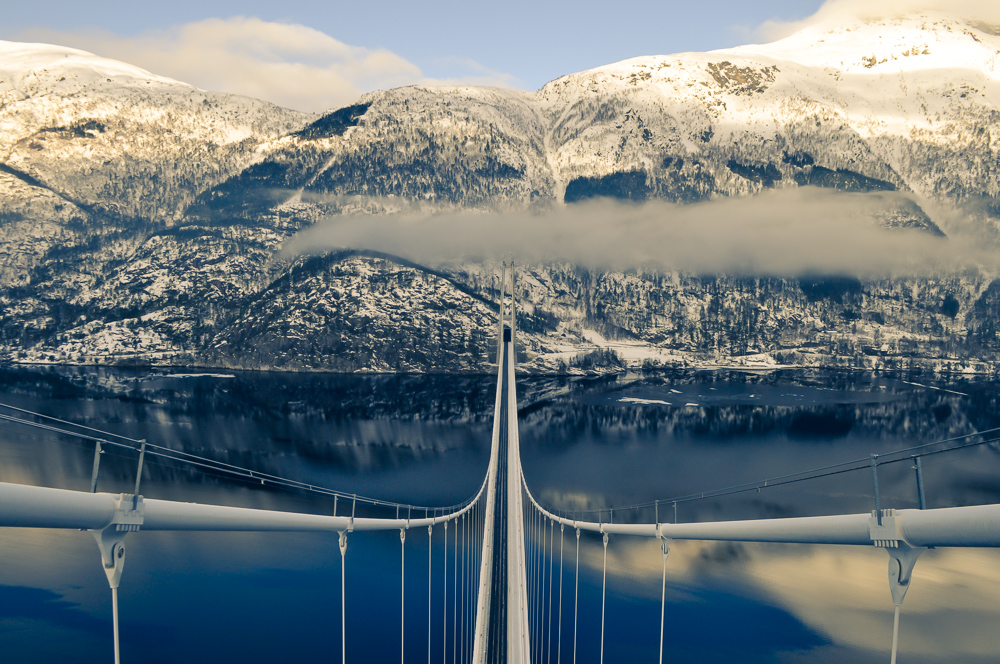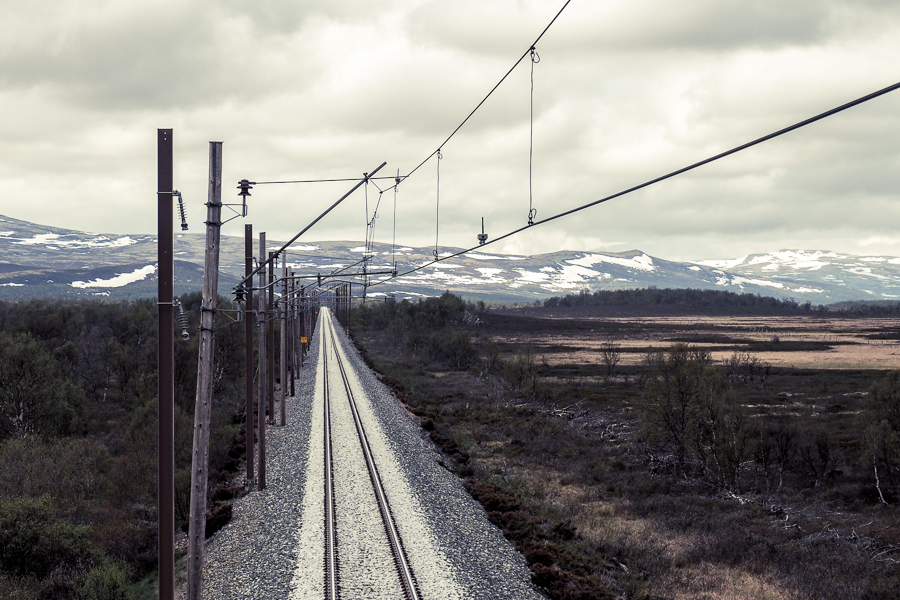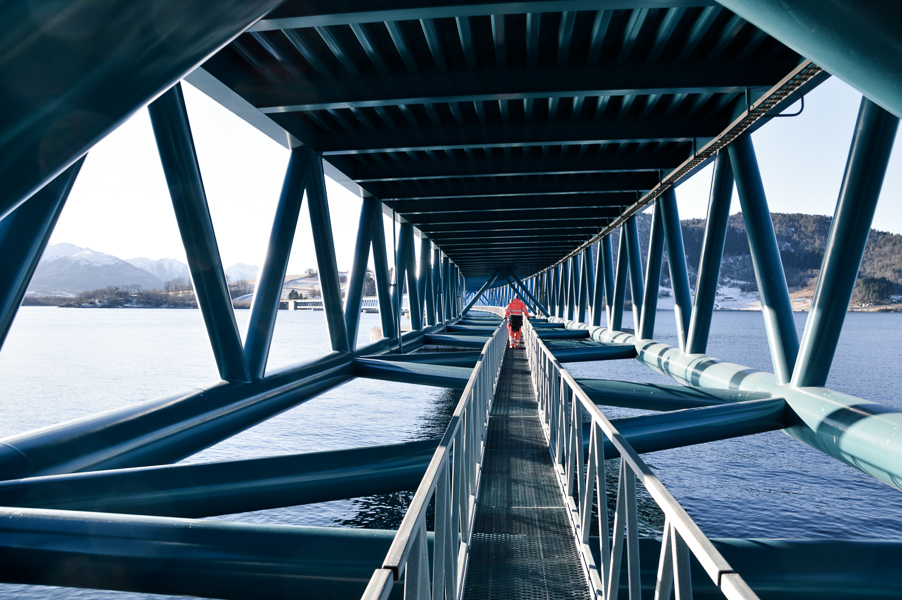Structural Mechanics - Department of Structural Engineering
Structural Mechanics
Structural Mechanics
Front page karusell
FrontpageText
The structural mechanics group is responsible for teaching and research within structural mechanics and design of structures.
Our work in structural design and extension of service life of existing structures ranges from basic research in structural reliability through efficient design with parametric modelling, improved modelling of environmental and operational loads to building with timber and steel structures.
The overall goal of our research group is to develop theoretical, numerical and experimental methods for a more sustainable society by improving design, use, and maintenance of large structures.
To achieve our goals we combine our extensive experience in experimental work in the field and laboratory together with excellent theoretical and numerical expertise.



